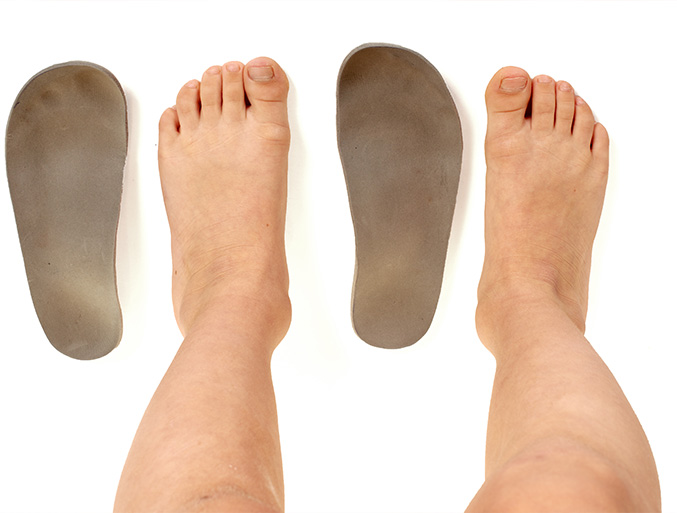Why It is Important to Talk About Cannabis Side Effects with Your Doctor

Medical cannabis brings a lot to the table for certain types of conditions. People use it to treat chronic pain, PTSD, seizure disorders, and even cancer pain. But unlike other prescription drugs, there are very few hard and fast rules dictating how medical cannabis should be used. This explains why interaction between a patient and their doctor and pharmacist is so important.
In states where medical cannabis is legal, it is the doctor’s responsibility to recommend the drug as an appropriate treatment. Most cannabis-friendly states also allow nurse practitioners, physician assistants, and other medical professionals with prescribing authority to make cannabis recommendations.
Having said that, prescribing authority does not make one an expert on medical cannabis. Furthermore, doctors and advanced practice nurses do not study the human endocannabinoid system in great detail. Without special training, they may not have a working knowledge of how cannabis affects the human body.
Information Is So Important
It has been said on many occasions that information is power. In the medical cannabis arena, it is so important because there is still a lot we do not know about THC, CBD, and the other cannabinoids. This lack of knowledge plays into the idea of talking to one’s doctor or pharmacist about medical cannabis side effects.
Utahmarijuana.org, a Salt Lake City organization that helps patients obtain medical cannabis cards, encourages patients to track their consumption on a daily basis. Patients are instructed to write down the products they use, how often they use them, their dosage, and how the products made them feel.
That information can be passed along to the doctor or pharmacist for the purposes of understanding how certain cannabis products are affecting the patient. The information guides doctors and pharmacists in their recommendations for future products and doses.
Reporting Equals Data
Much of the blame for our collective lack of cannabis knowledge lies at the feet of regulation. Because cannabis is still a Schedule I controlled substance under federal law, research into the plant’s medicinal benefits has been severely limited. Simply put, the medical community does not have much data to work with.
Discussing cannabis side effects with one’s doctor or pharmacist fills that gap. Patient reporting essentially equals data that doctors and pharmacists can rely on to help make sense of cannabis as a medicine. Anecdotal evidence does not carry as much weight as the data generated by clinical studies, but it is better than no data at all.
Getting the Best Prescription
Discussing cannabis side effects with one’s doctor or pharmacist is yet another benefit in the form of getting the best out of one’s medications. In this regard, cannabis is no different than any other drug. If a patient is experiencing certain negative side effects, discussing those side effects with the doctor offers an opportunity to adjust the prescription or substitute with a completely different drug.
Reporting side effects can also help doctors understand if there is some other underlying condition in play. Reporting side effects tells the pharmacist if a particular medication is appropriate to a particular patient. Recommendations can be made accordingly.
The take-away in all of this is that medical cannabis should be treated like any other prescription medication. Patients make a point of reporting prescription side effects when they take things like sleeping aids and blood pressure medications. They should do the same with medical cannabis.
Reporting side effects gives the doctor and pharmacists a better understanding of how a particular medication is working for a patient. Without that knowledge, prescribing medications is a shot in the dark.




